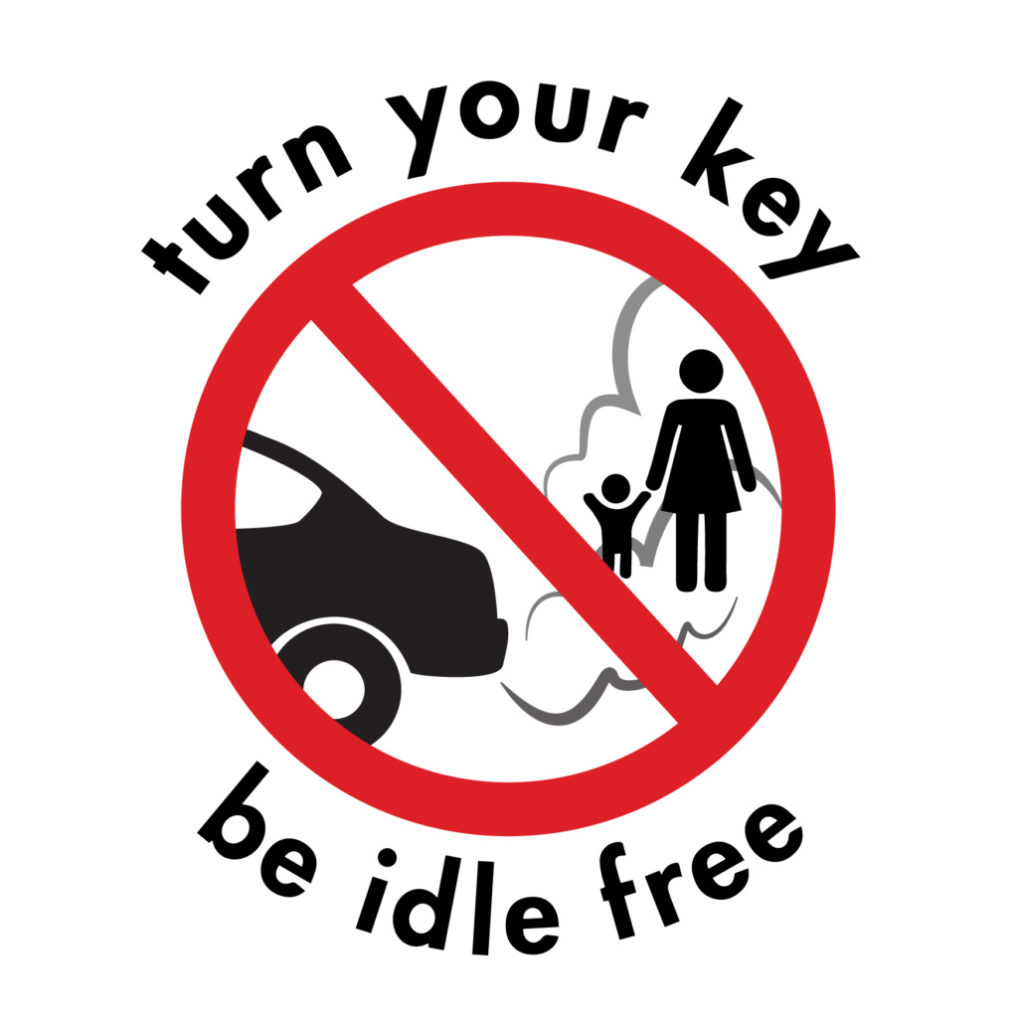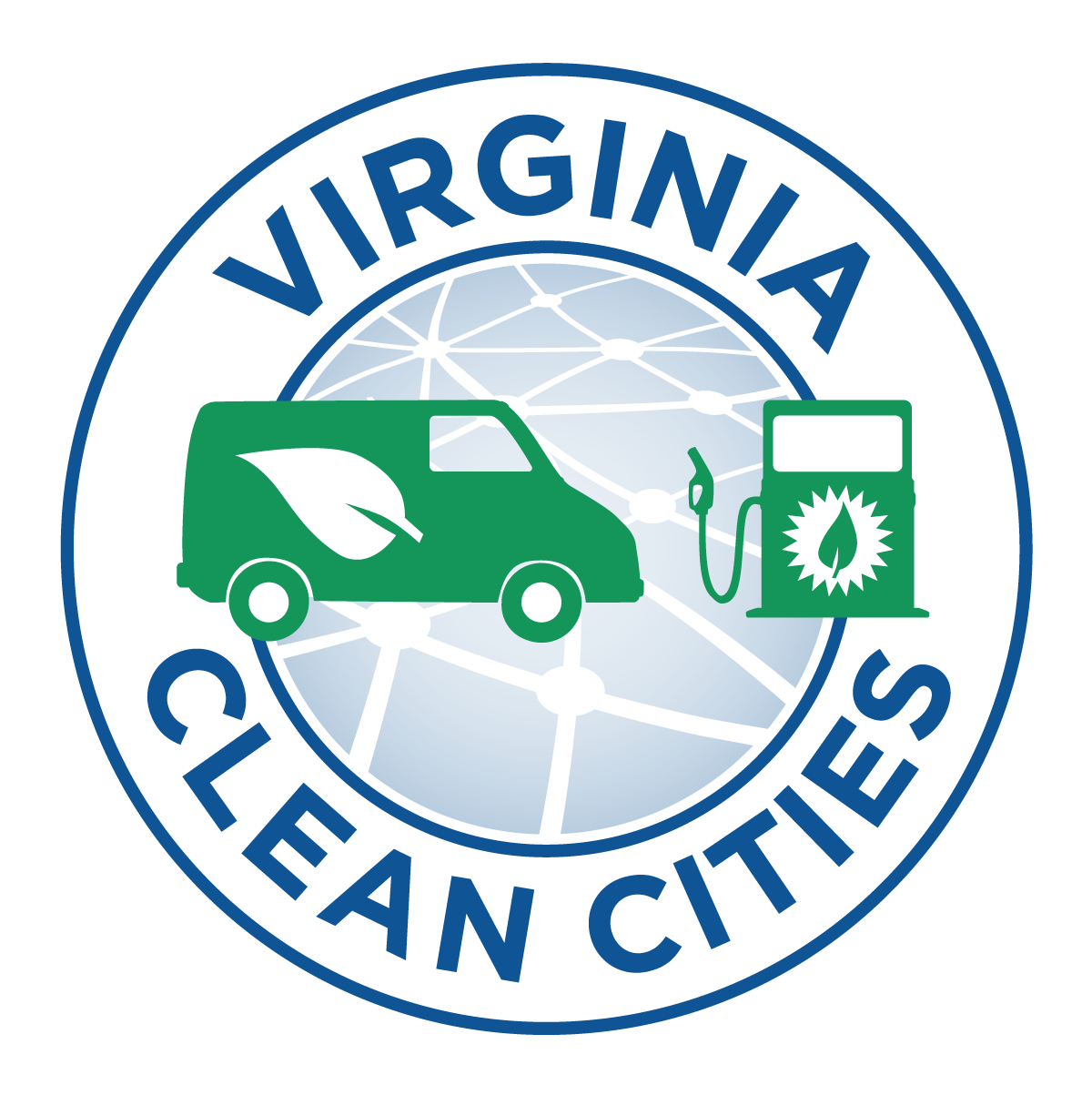What is Idle Reduction?
Idling vehicles can use up several billion gallons of fuel and emit large quantities of air pollution and greenhouse gasses each year, including particulates (PM2.5 and PM10), nitrogen oxides (NOx), carbon monoxide (CO), and carbon dioxide (CO2). The wasted fuel from idling vehicles can translate into over $11 billion annually, even when calculated using a low fuel cost of $2 per gallon. Specifically, idling passenger vehicles expend around 3 billion gallons of fuel. The Transportation Research Board (TRB) estimates that medium-duty trucks use about 2.5 billion gallons of fuel to idle each year, or 6.7% of the total fuel they consume. The TRB estimates that approximately 650,000 long-haul heavy-duty trucks idle overnight at some point for required rest stops, using more than 685 million gallons of fuel per year in the process. This costs fleets over $2 billion on fuel annually.
The term idle reduction can be used to describe the technologies and practices that reduce the amount of time vehicles idle their engines. Idle reduction technologies and practices are an important way to cut petroleum consumption and emissions. Reducing idle time saves fuel, reduces engine wear, and reduces emissions and noise. It also saves money that would normally be spent on fuel or maintenance work due to engine wear and tear.
Light-Duty Idling
Light-duty vehicles include passenger cars, livery vehicles such as taxicabs and limousines, pickup trucks/small vans, and police cruisers. These vehicles typically idle for passenger comfort, engine warmth, and to provide power for accessories and electronic equipment. Often, many drivers do not make the connection between idle time, increased pollutant and greenhouse gas emissions, and wasted fuel. Changing driver behavior and using idle reduction technologies can help save fuel, reduce emissions, and save money.
Strategies to Prevent Idling
For passenger cars, the primary idle reduction strategy is to turn the engine off when parked or stopped for more than 10 seconds (except in traffic). Other strategies include avoiding the use of remote starters, opting to park instead of drive-through lines, and obeying signs indicating no-idle zones at schools and other locations.
Additionally, a variety of technologies are employed to reduce fuel use. Onboard equipment such as automatic engine stop-start controls and auxiliary power units can be used wherever the vehicle might be. Visit Alternative Fuels Data Center for more information on idle reduction technology for light-duty vehicles.

Sign a Pledge to Limit Your Idling (Click the button below):
Number of Pledges signed: 0
Medium-Duty Idling
Medium-duty vehicles include courier and package delivery trucks and utility trucks. Vehicles in this category typically idle for the same reasons as light-duty vehicles, although, in some cases, these vehicles idle to support power take-off for utility equipment such as lift buckets, pumps, or lighting used by crews. It is important to educate fleets and drivers about the use of idle reduction technologies and behaviors to help save fuel and reduce emissions.
Strategies to Prevent Idling
For medium-duty trucks that do not require stationary power, the primary idle reduction strategy is to turn the vehicle off when parked or stopped for more than 10 seconds (except in traffic) and to heed no-idle zones at schools and other locations. Some vehicle telematics systems that provide audible or visual alerts to vehicle operators—sometimes called “coaching”—can help reduce idling. Also, the adoption of idle reduction technologies can curb the idling that happens during working hours. For more information on idle reduction technology for medium-duty vehicles, visit Alternative Fuels Data Center.
Heavy-Duty Idling
Argonne National Laboratory estimates that more than one million long-haul heavy-duty trucks idle during federally required rest periods every day. Truck owners seeking to conserve fuel have a variety of choices. Many options not only save fuel, but also offer improved climate control, power for lighting and electronics, better air quality, and reduced noise.
Technologies to reduce idling range from equipment that can be installed on trucks to provide one service or multiple services to equipment at truck stops that enables truck drivers to have climate control and power for accessories during their rest periods. Idle reducing technologies for heavy-duty vehicles include: auxiliary power units, cab or bunk heaters, coolant heaters, energy recovery systems, storage air conditioners, automatic engine stop-start controls, and truck stop electrification. For further idle reduction technology solutions for heavy-duty vehicles, visit Alternative Fuels Data Center.
Virginia Incentives and Laws for Idle Reduction
The list below contains summaries of all Virginia incentives and laws related to Idle Reduction.
State Incentives
Idle Reduction Weight Exemption
Any motor vehicle equipped with an auxiliary power unit or other idle reduction technology may exceed the gross, single axle, tandem axle, or bridge formula weight limits by up to 550 pounds to compensate for the added weight of the idle reduction technology. (Reference Virginia Code 46.2-1129.1 and 46.2-1129.2)
Laws and Regulations
Idle Reduction Requirement
Motor vehicles licensed for commercial or public service may not idle for more than three minutes in commercial or residential urban areas, unless the engine is providing auxiliary power for purposes other than heating or air conditioning. Tour buses and diesel vehicles are not permitted to idle for more than 10 minutes. (Reference Virginia Administrative Code 9-5-40-5670(C))
Idle Reduction Resources
Below are our Idle Reduction experts at Argonne National Lab and a representative of one of the leading idle reduction manufacturers that supplied our program’s heaters:
Idle Reduction, Related Legislation, and Funding Opportunities at the National and State Level
Terry M. Levinson
Argonne National Laboratory
Idling Reduction Overview
Terry M. Levinson
Argonne National Laboratory
How Do Idling Reduction Technologies Compare?
Dr. Linda Gaines
Argonne National Laboratory
Webasto
Paul Baczewski
Webasto Products North America, Inc.
Visit the DOE Alternative Fuels and Advanced Vehicles Data Center for more information on idle reduction.
The Mid-Atlantic Diesel Collaborative is a great resource for reducing emissions from diesel engines.
